What do storm chasers do when there’s nothing to chase? Watch the “Storm Chasers” series on Discovery Channel.
Of course I don’t speak for all storm chasers. But a good number of you, like Tom, Bill, and me, have been parked in front of your televisions on Sunday nights, watching Reed dominate, Tim deploy turtles, and Sean wipe his face in frustration. Once a week, we all get to vicariously relive this year’s chase season–the storms we got, the storms we failed to get, the days we wished we had chased, the days we’re glad we didn’t.
Here are some photos of me droogs that I took during last night’s “Storm Chasers” session. Just a nice, pleasant evening of buddies, beer, pumpkin pie, and tornadoes. Bill supplied the pie
and I brought the Golden Monkey, a Belgian trippel whose potency I had forgotten but swiftly recalled. It’s one of those beers where, once it gets a hold of you, the best thing you can say is as little as possible. Just shut up and enjoy the show. Last night’s was great. Next week’s, featuring the Aurora, Nebraska, tornado, looks to be awesome.Once the series winds down, whatever shall we do? View old tornado DVDs and mutter a lot, I suppose. Think thoughts like, “Only 120 days till April.” Stay away from sharp objects. Or, if you’re like Mike Kovalchick who just looooooves winter, hope for a good blizzard so you can go chase thundersnow.
Mike is probably onto something. It beats sitting in a dark corner cutting out paper dolls with a blunt-nosed scissors. Or maybe not. I may give the doll thing a try once the snows roll in.
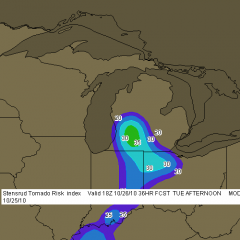
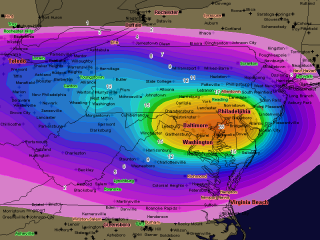
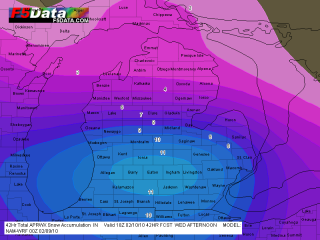

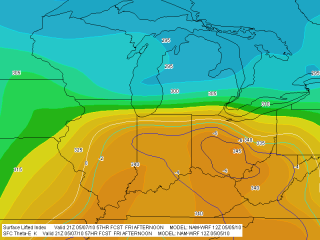
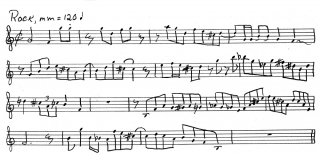
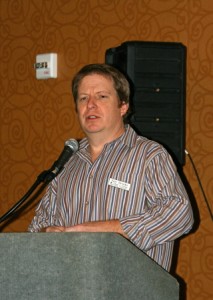
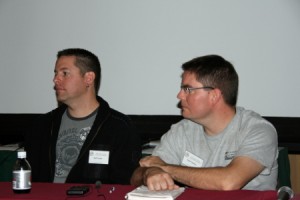
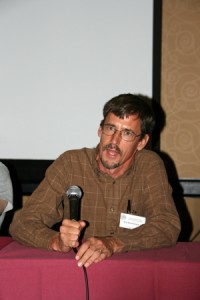
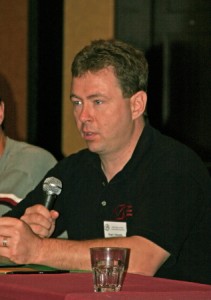
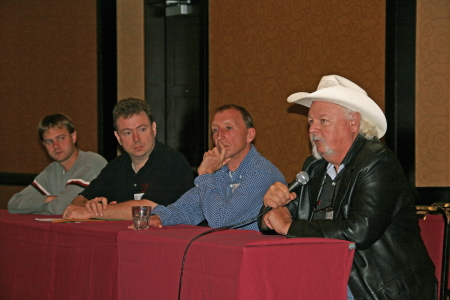


A Rant about Spam Comments
Like most bloggers, I love to get comments. I work hard to create well-conceived, literate posts that I hope you enjoy reading, and I really enjoy hearing from you, my readers, in return.
What I do NOT appreciate are vague comments which are clearly intended only to advertise the sender’s URL. If you yourself blog, then you know exactly what I’m talking about: brief one-liners that praise one of your posts without ever specifically addressing its content, or that use a key word or phrase in an entirely unconvincing manner. You click on the sender’s URL and find a website touting an online college education, or nutritional products, or a porn site, what have you–nothing at all related to what your blog is about.
I realize that spam comments are simply a part of the blogging landscape. But lately, I’ve been getting more and more of them, so please permit me just a moment to rant. These generic comments disgust me. To say that they smack of insincerity is to pay them a compliment they don’t deserve, since they’re no more capable of something as personal as insincerity than a piece of trash. Not being a computer and Internet geek, I don’t know exactly what technology is involved in sending such stuff my way, but I do recognize mass distribution when I see it.
That’s why I screen every comment that comes through. I look for an indication that its content is truly personal, a genuine interaction with what I’ve written; and I check the URL to see whether it leads to a website that is relevant to jazz or weather, or else is of value to my readers or at least personal in nature. I’ve gotten fooled once or twice, but I’ve learned, and I’ve backtracked and deleted a few spam comments that got past me at first. I’m a ruthless eradicator of junk.
The irony of it is, I fully expect that at some point, I’ll receive comments on this post that say something like, “I really like this!” or, “Wow, this post has changed my life, much the way that getting a master’s degree can change yours.” I promise you, such baloney will never be published on Stormhorn.com. My aim is to provide you with a quality reading experience, and part of doing so includes editing out the bullshit before you ever get a chance to smell it.
Thanks for indulging my little rant. And as for your own authentic, relevant comments, please write anytime. I greatly appreciate it when you add value to this site by sharing your thoughts.
–Bob